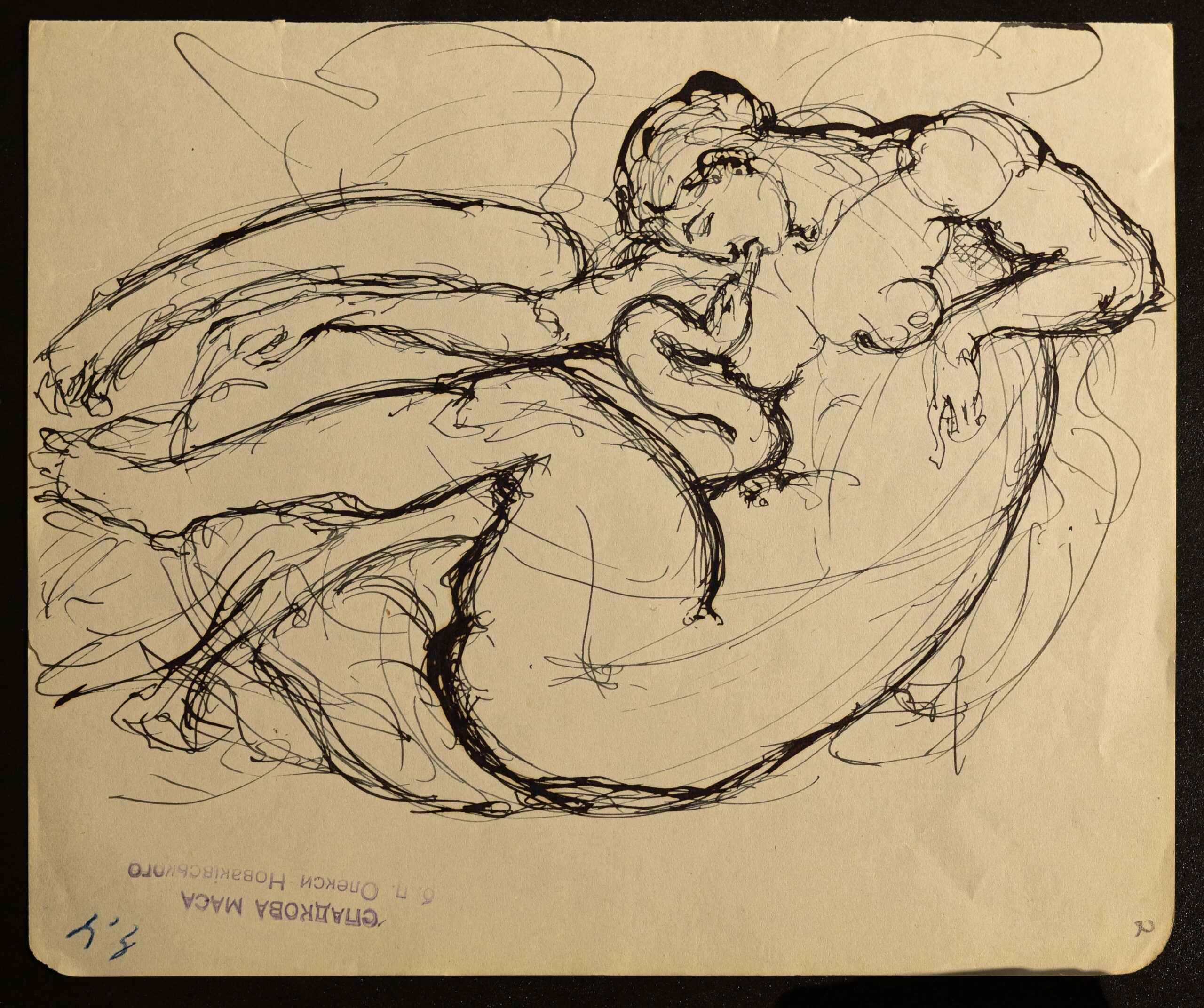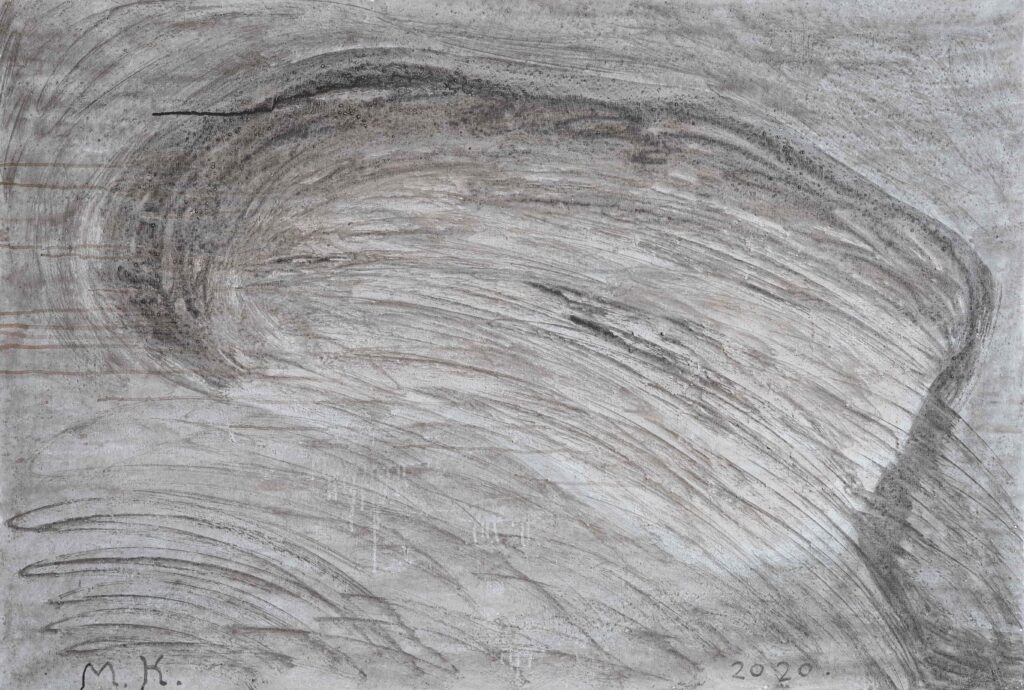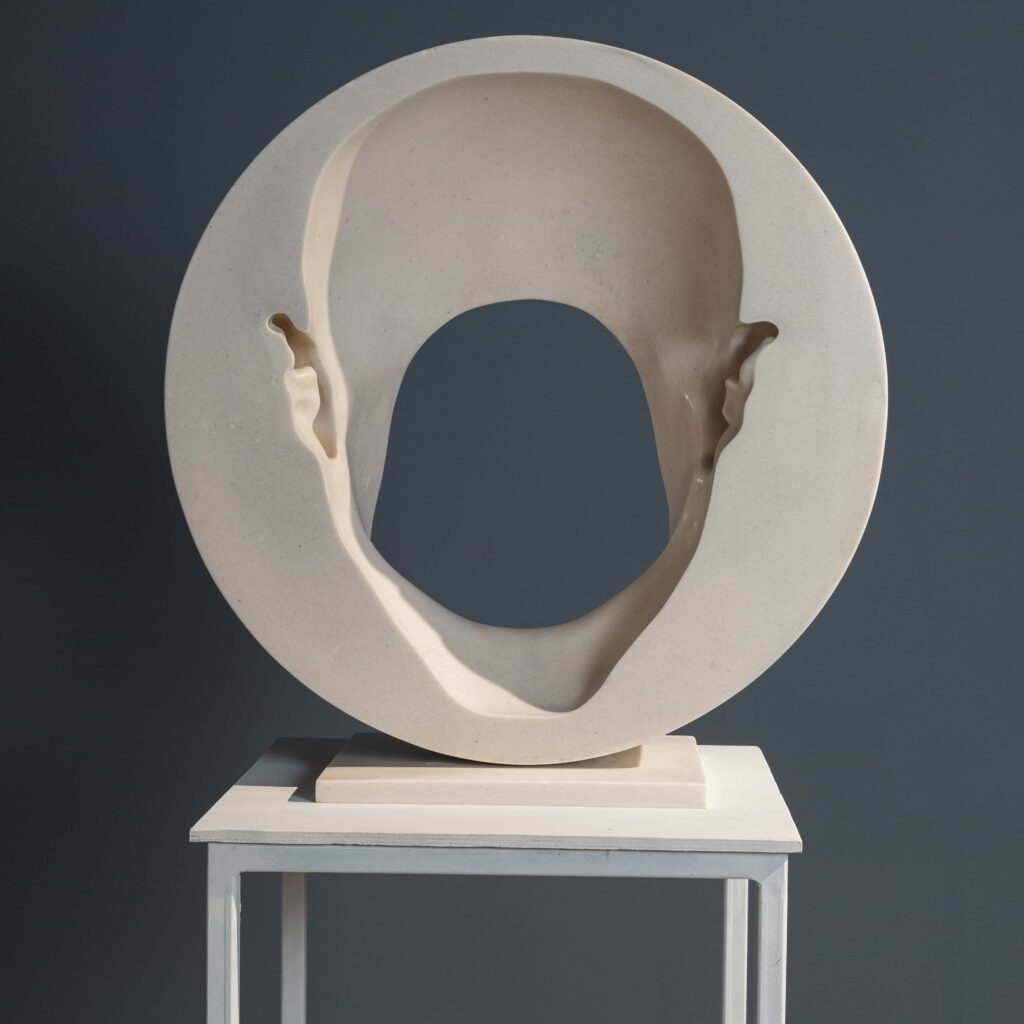- Home
- /
- Олекса Новаківський «Ескіз до композиції Леда» 1920-ті
Lot №1
Oleksa Novakivskyi
"Sketch for Led's composition"
1920s
ink on paper
16.3x19.6 cm
Estimates: $2 500 - $3 500
Стартова ціна 1 500$
Artwork Description
Oleksa Novakivskyi (1872 – 1935) is a Ukrainian painter and a prominent figure of Ukrainian modernism. The drama of human destiny, existential issues, and the struggle for freedom is at the center of the artist's worldview. He explored the complex spiritual and worldview values, hopes, and moods in which his contemporary society lived. The artist strongly relied on folklore, mythology, and Ukrainian visual tradition and skillfully synthesized them with modern achievements of Western European art. The artistic style showed signs of impressionism, symbolism, and expressionism. Most of the artist's works are kept in private collections and the collections of Ukrainian art museums.
For the plot of "Leda" Oleksa Novakivskyi took the ancient myth of Leda's love affair with the Greek god Zeus, who turned into a swan to bewitch a woman as a basis. In her image, the artist gives the key to a new understanding of the female soul. The artist talks about the human psyche through body language. An emancipated, powerful, and seductive woman appears before us. She is not ashamed of the desire for physical intimacy. – The artist is convinced that instincts and passion are natural. He destroys patriarchal stereotypes about women. She owns her body and has the personal will to make decisions.









